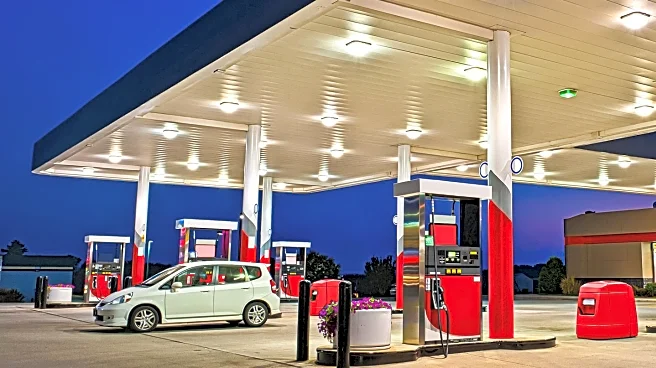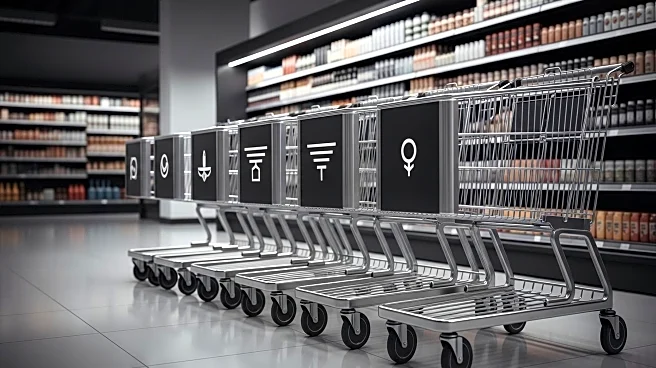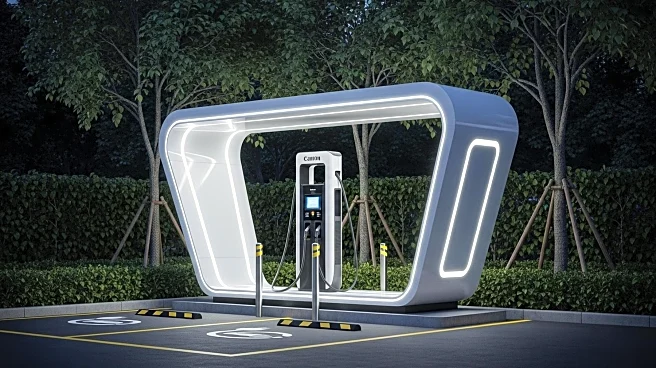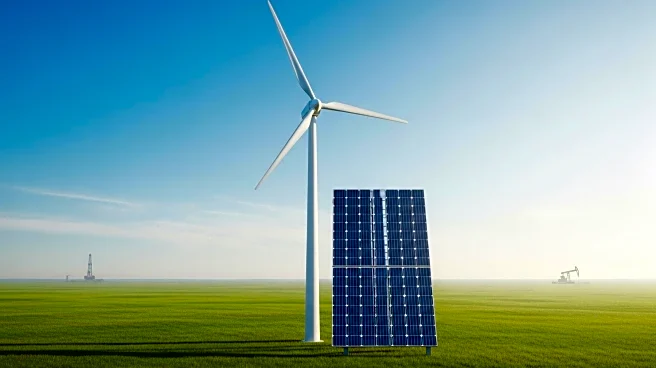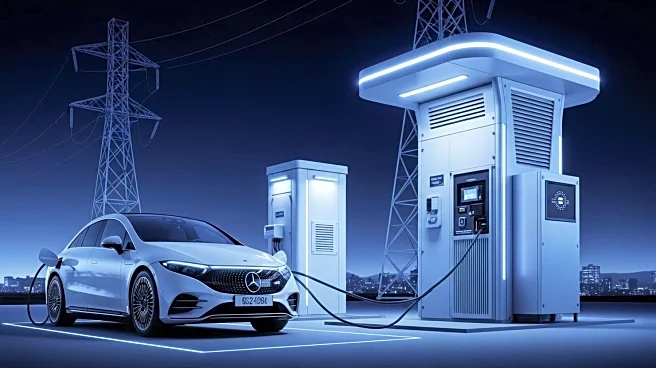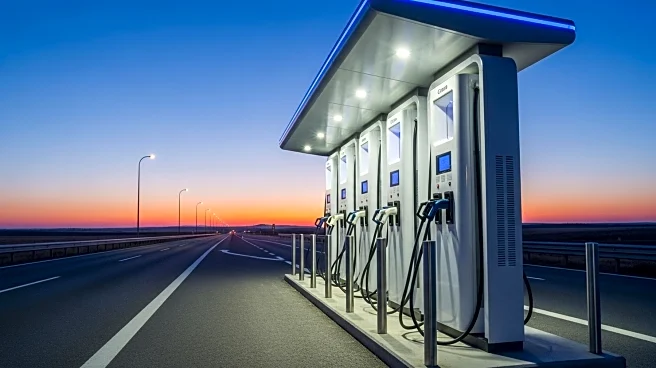What's Happening?
As gas prices continue to rise, Consumer Reports has provided several strategies to help consumers save money and maximize fuel efficiency. Key recommendations include using apps like GasBuddy to find the best local gas prices, opting for 'Top Tier' fuel from stations such as Chevron, Costco, Exxon, Mobil, and Shell, and avoiding premium gas unless required by the vehicle. Additionally, maintaining at least a half-tank of fuel during winter months and before major storms is advised for safety and convenience. Regular tire pressure checks, especially in colder months, are crucial as underinflated tires can reduce fuel economy and affect safety. Consumer Reports also suggests smooth driving techniques, such as easy starts and gentle stops, to enhance fuel efficiency.
Why It's Important?
With fluctuating gas prices impacting household budgets, these tips from Consumer Reports are significant for consumers looking to reduce fuel costs. Efficient fuel usage not only saves money but also contributes to environmental conservation by reducing emissions. The advice to maintain tire pressure and avoid unnecessary premium fuel purchases can lead to long-term savings and improved vehicle performance. As the U.S. faces potential fuel shortages during extreme weather events, these strategies can help ensure preparedness and safety for drivers.
What's Next?
Consumers may begin adopting these fuel-saving strategies more widely, potentially influencing gas station pricing and fuel marketing practices. As awareness grows, there could be increased demand for 'Top Tier' fuels and fuel-efficient vehicles. Additionally, automotive manufacturers might focus on enhancing vehicle features that promote fuel efficiency, responding to consumer demand for cost-effective and environmentally friendly options.
Beyond the Headlines
The emphasis on fuel efficiency highlights broader economic and environmental challenges, including dependency on fossil fuels and the need for sustainable energy solutions. As consumers become more conscious of fuel costs, there may be a shift towards electric vehicles and alternative energy sources, prompting changes in infrastructure and policy to support these technologies.
